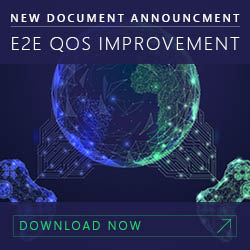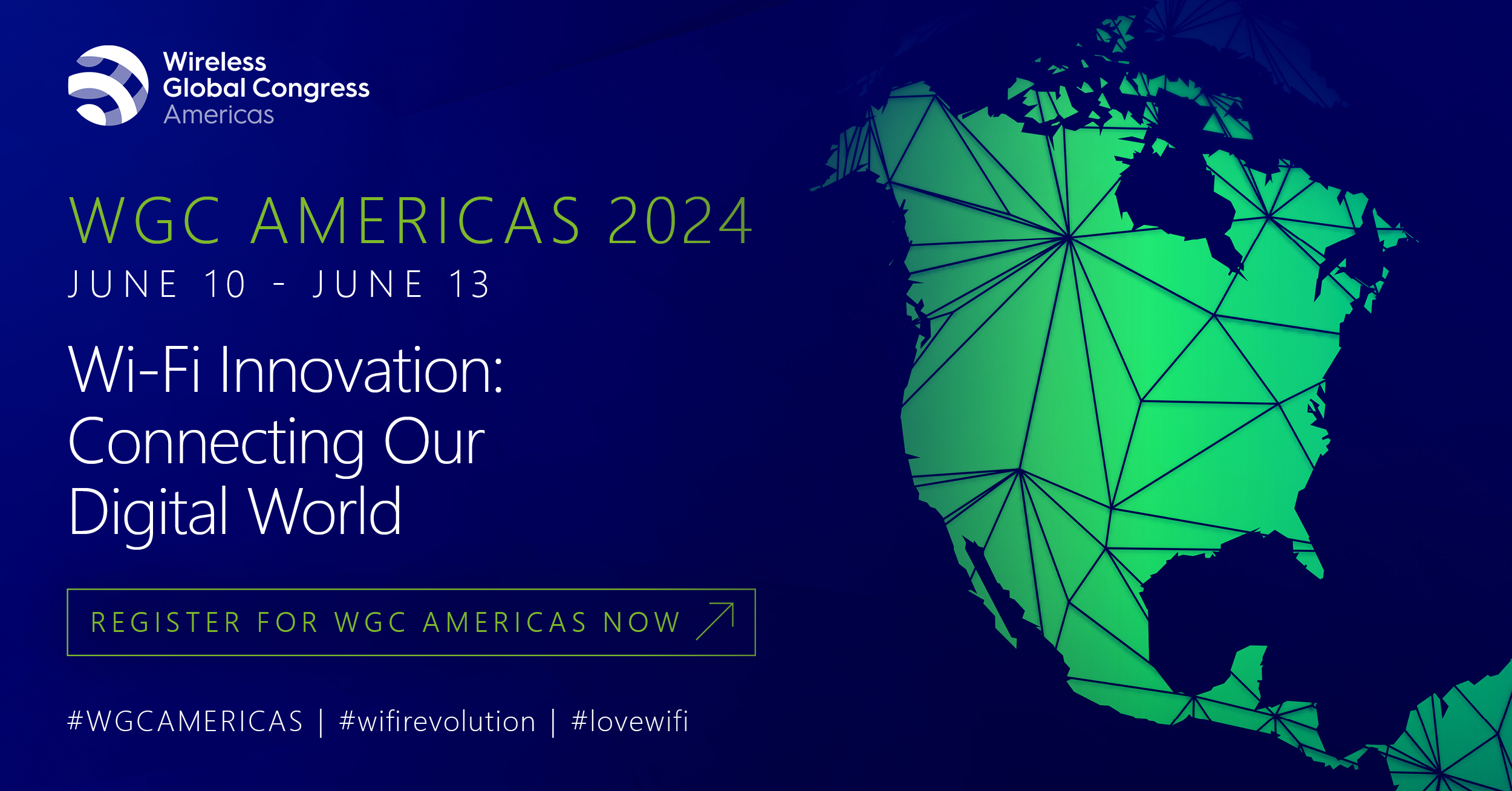In a previous whitepaper, the first collaboration between the GSMA and the WBA, the need of interworking between the RADIUS and Diameter protocols was identified as a key topic in regards to the seamless interoperability of Wi-Fi Roaming with cellular networks.
Now, the organizations have come together once again to define an interworking translation between RADIUS and Diameter protocols. As this is a significant topic for the ecosystem as a whole, the need to identify a working solution is ever-present.
The problem can be defined as such: 3GPP based mobile networks are increasingly using Diameter protocol for authentication and accounting purposes. The Wi-Fi networks use RADIUS and there are currently no plans to change to Diameter. Thus, for the successful use of Wi-Fi networks by 3GPP networks for services offload, an interworking function between the two protocols must be developed.
“Modern 3GPP cellular networks use a particular protocol for their authentication purposes that allow particular network elements to talk to each other and share information about the subscriber,” said Nigel Bird, NGN Standardisation Manager at Orange and one of the project managers for this whitepaper.
“For WBA’s Wi-Fi Networks to be able to talk to cellular networks, there needs to be a function in the middle that allows RADIUS and Diameter to talk to each other.”
Using some basic WBA Wi-Fi networks case studies as a starting point, such as Voice over IMS over Wi-Fi and data offload, the final whitepaper offers solutions for the support of such interworking functions; in particular, the support of interworking using the 3GPP defined SWa interface. This allows for the support of data offload to Wi-Fi networks by the 3GPP mobile network using them as untrusted networks.
Michael Sym, Senior System Architect at BSG Wireless and another project manager on the whitepaper, had this to say:
“We looked into doing a general RADIUS to Diameter translation, but unfortunately there isn’t a good global approach to this, and every translation needs to be specific to the functions that you’re trying to translate to.”
While an immediate solution may not be readily apparent, the whitepaper explores all possible angles and offers several ideas in regards to the next steps for WBA and GSMA to pursue in this area.
WBA and GSMA members can access this whitepaper by logging into the WBA’s Extranet.






